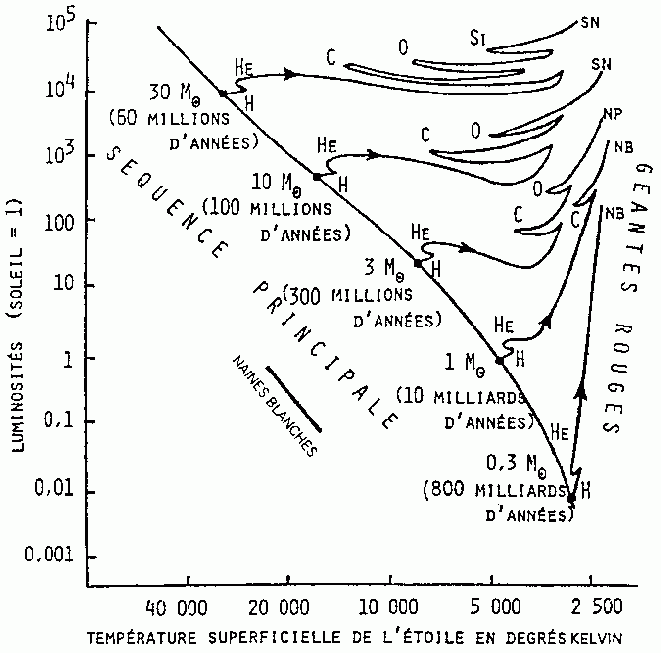-
 Akari
Akari
-
 Numbering plan
Numbering plan
-
 Symbiosis
Symbiosis
-
 HLA
HLA
-
 Club of Rome
Club of Rome
-
 Terrestrial meridian of a location
Terrestrial meridian of a location
-
 Concomitant
Concomitant
-
 Coalescence
Coalescence
-
 Exhaust velocity
Exhaust velocity
-
 Fibrate
Fibrate
-
 Platinoids
Platinoids
-
 Structural specificity
Structural specificity
-
 PAP
PAP
-
 Lithology
Lithology
-
 Venom
Venom
-
 DID
DID
-
 Cyborg
Cyborg
-
 Processor frequency
Processor frequency
-
 Mandible
Mandible
-
 Chelicerata
Chelicerata
-
 Le Chatelier's principle
Le Chatelier's principle
-
 Colour
Colour
-
 Biopsy
Biopsy
-
 Anosognosia
Anosognosia
-
 Poisson ratio
Poisson ratio
-
 Gonad
Gonad
-
 Curative
Curative
-
 Cephalin
Cephalin
-
 West's comet
West's comet
-
 Twinned crystal
Twinned crystal
Main sequence
The main sequence is the area on a Hertzsprung-Russell diagram in which most observable stars are located. The Sun is on the main sequence and will remain there for another 5 billion years before becoming a red giant and ending its life as a white dwarf after travelling along the asymptotic branch of the giants.

(Credit: CSIRO Australia 2004)
When they are on the main sequence, stars obtain their energy from two main types of reaction transforming hydrogen into helium. These are the proton-proton cycle, dominant in stars with small masses, like the Sun, and the Bethe cycle also called the CNO cycle (for carbon–nitrogen–oxygen), in stars of several solar masses. The rate of energy production of the proton-proton cycle depends on the temperature in the centre of the star according to a T4law, whereas that of the CNO cycle is in T20, these two rates only becoming equal around 1.2 solar masses. The amount of energy released is therefore very sensitive to the temperature and the mass of the star, which consumes its reserves faster the more massive it is.
 Depending on their position in the main sequence, the stars do not all have the same mass and do not stay on the main sequence for the same times, as can be seen in the diagram above. Depending on their mass, the stars eventually become supernovae (SN) or white dwarfs (WD).
Depending on their position in the main sequence, the stars do not all have the same mass and do not stay on the main sequence for the same times, as can be seen in the diagram above. Depending on their mass, the stars eventually become supernovae (SN) or white dwarfs (WD).
Latest
Fill out my online form.



